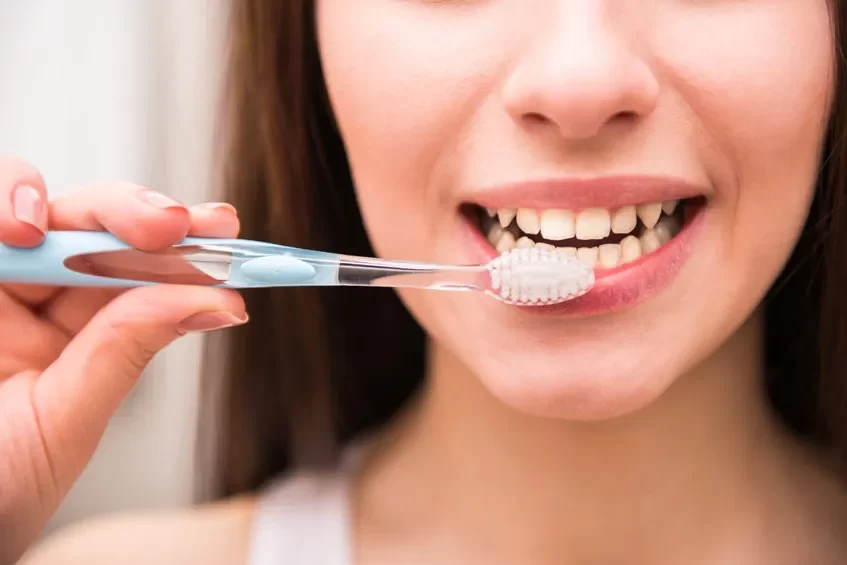
How to Brush Your Teeth the Right Way: A Comprehensive Guide
- Why Teeth Brushing is Important
- The Right Brushing Technique
- Choosing the Right Toothbrush and Toothpaste
- Common Mistakes to Avoid When Brushing
- How to Maintain Good Oral Health Beyond Brushing
1. Why Teeth Brushing is Important
Brushing your teeth regularly is one of the simplest and most effective ways to maintain good oral hygiene. It helps remove plaque, prevent cavities, and avoid gum disease. Without brushing, bacteria and food particles can build up on your teeth, leading to tooth decay and bad breath. Taking just a few minutes each day to brush properly can save you from costly dental treatments in the future.
2. The Right Brushing Technique
When it comes to brushing your teeth the right way, technique is everything. Here’s a step-by-step guide to ensure you're brushing effectively:
- Start with a pea-sized amount of toothpaste: Too much toothpaste can lead to waste and unnecessary foam.
- Hold your toothbrush at a 45-degree angle: Aim the bristles towards the gum line to effectively clean both teeth and gums.
- Use gentle circular motions: Brushing too hard can damage your gums and enamel. A gentle, circular motion helps remove plaque without harming your teeth.
- Brush for at least two minutes: Divide your mouth into four quadrants, brushing each for 30 seconds to ensure you’re covering all areas.
- Don't forget your tongue and the roof of your mouth: These areas harbor bacteria and can contribute to bad breath.
3. Choosing the Right Toothbrush and Toothpaste
The right toothbrush and toothpaste can make a significant difference in the effectiveness of your brushing routine. Here are some tips for choosing the best tools:
- Toothbrush: Opt for a toothbrush with soft bristles to prevent gum damage. Consider a manual or electric toothbrush based on your personal preference.
- Toothpaste: Choose a toothpaste that contains fluoride to help protect your enamel and fight cavities. If you have sensitive teeth, look for a toothpaste designed for sensitivity.
Remember, your toothbrush should be replaced every 3-4 months or sooner if the bristles start to fray.
4. Common Mistakes to Avoid When Brushing
Even with the right technique, some common mistakes can hinder your brushing routine. Here are a few to watch out for:
- Brushing too hard: Using too much force can wear down your enamel and irritate your gums.
- Not brushing long enough: Brushing for less than two minutes won’t effectively remove all the plaque and bacteria.
- Skipping the floss: Brushing alone can’t reach between your teeth. Make sure to floss regularly to remove food particles and plaque from these hard-to-reach areas.
5. How to Maintain Good Oral Health Beyond Brushing
Brushing is just one part of a healthy oral care routine. To maintain optimal oral health, consider these additional practices:
- Floss daily: Flossing helps remove plaque and food particles from between your teeth, reducing your risk of cavities and gum disease.
- Visit your dentist regularly: Professional cleanings and checkups help prevent problems before they start.
- Limit sugary foods and drinks: Sugary substances can promote the growth of harmful bacteria in your mouth, leading to tooth decay.
By incorporating these habits into your routine, you’ll be well on your way to a lifetime of healthy smiles.
For more tips on maintaining great oral health, check out our full range of dental care products and services at Dentistry Toothtruth.

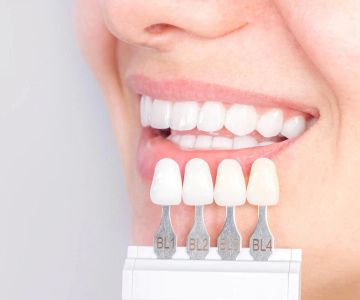

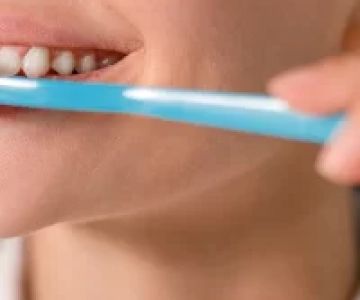
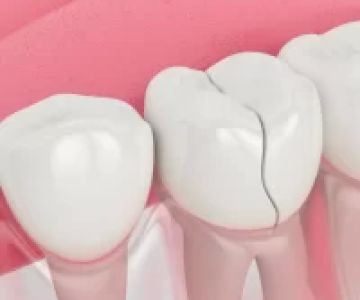
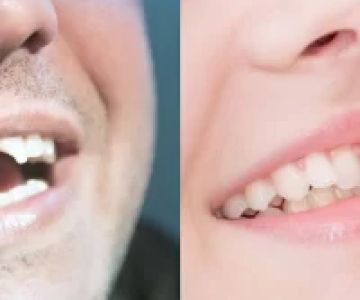
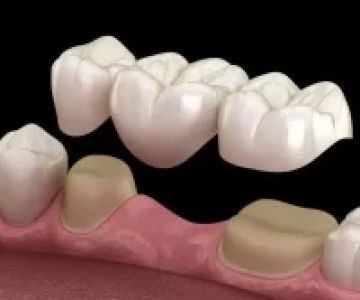
 University of the Pacific, Arthur A. Dugoni School of Dentistry
University of the Pacific, Arthur A. Dugoni School of Dentistry Central Pennsylvania Endodontics, LLC
Central Pennsylvania Endodontics, LLC Sage Dental of Windermere
Sage Dental of Windermere Dr. Maria Regina M. Tan, DDS
Dr. Maria Regina M. Tan, DDS Icon Dental
Icon Dental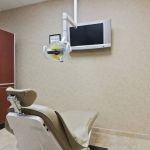 Dental Solutions of Voorhees
Dental Solutions of Voorhees The Importance of Oral Health Education During Pregnancy for a Healthy Pregnancy
The Importance of Oral Health Education During Pregnancy for a Healthy Pregnancy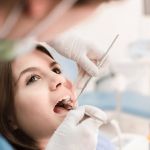 Why Skipping Dental Checkups Can Lead to Bigger Oral Health Problems
Why Skipping Dental Checkups Can Lead to Bigger Oral Health Problems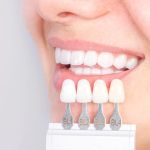 Advantages of Porcelain Dental Restorations
Advantages of Porcelain Dental Restorations Best Tips for Brushing Your Teeth Properly for Healthy Gums: Essential Techniques for Oral Health
Best Tips for Brushing Your Teeth Properly for Healthy Gums: Essential Techniques for Oral Health How Can Diabetes Cause Tooth and Gum Problems? Preventing and Managing Oral Health Issues
How Can Diabetes Cause Tooth and Gum Problems? Preventing and Managing Oral Health Issues Healthy Habits for Promoting Good Oral Health and Hygiene: Tips for a Healthy Smile
Healthy Habits for Promoting Good Oral Health and Hygiene: Tips for a Healthy Smile